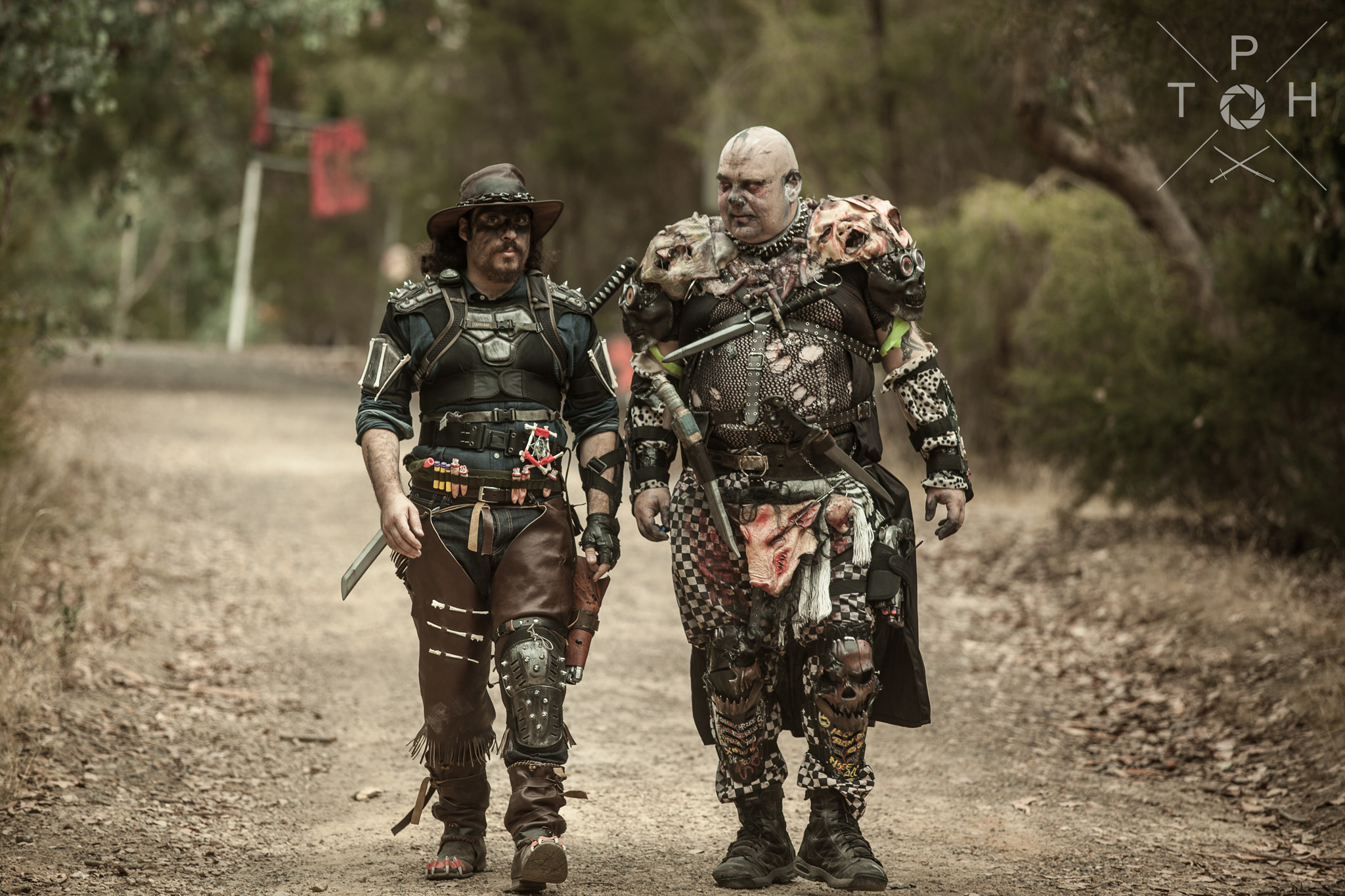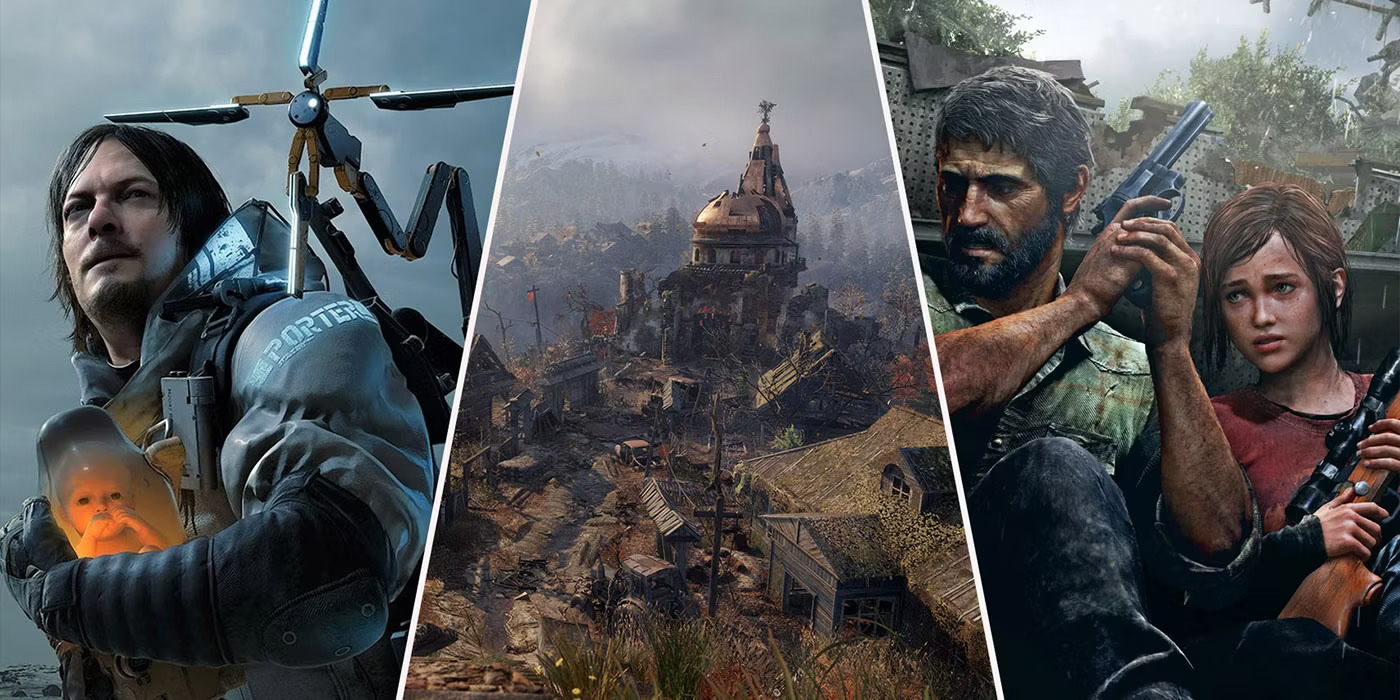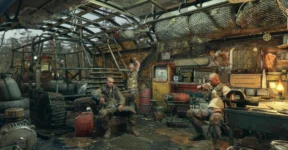Some people love Dungeons & Dragons so much and do take pride in bringing the fantastical worlds of the game to life. Tabletop RPG is a massively popular format, but those people carry it to the next level and recreate the scenarios for life-size gameplay. They dress up as characters from the game and play their given part to advance the narratives, which can involve casting spells, saving damsels in distress, and fighting monsters. It might appear like a theatrical performance, but it is actually called Live Action Role Play or LARP.

Back then in the late 1970s to early 1980s, LARP was all about Dungeons & Dragons, but things are much more diverse today. You don’t even have to be a fan of fantasy games to do some LARPing, as it works just as fine no matter the genre, from horror and drama to history and sci-fi. And as long as you have a workable storyline and likeminded people to join the effort, you can get started right away with a LARP Post-Apocalyptic game too.
Game Elements
LARP is basically an offshoot of RPG, which means they use pretty much the same gameplay elements. For example, a GM (Game Master) is the player in charge of the story in RPG – although every game has its own set of rules to govern the extent of GM’s involvement in the narrative trajectory. Other players may act as any of the following:
• PCs (Player Characters): the primary story-driven characters whose skills and abilities develop over the course of the campaign. PCs can be heroes, villains, sidekicks, etc.
• NPCs (Non-player Characters): the plotline affects NPCs’ situations only to a small extent, if at all. Despite the secondary roles, NPCs are essential parts of the gameplay and often give useful guidance and information to PCs.
In a session of LARP post-apocalyptic gaming, for instance, a scavenger tells players that an arms dealer is doing some shady businesses in a cave. Both the scavenger and the arms dealer are NPCs, but the information helps drive the story forward and forces PCs to make a decision whether to look for the suspicious dealer or ignore the situation entirely. Every decision has consequences.
Designing an LARP can be a lengthy process, and even more so if you have no point of reference from any published game. This means you need to create everything from scratch, including modifiers, bonus points, and basically the entire game mechanics.
Take the “Age of Ruin” for example. The game allows every player to distribute points across multiple attributes such as dexterity, intelligence, endurance, mind strength, luck, charisma, physical strength, and agility/quickness. PCs are required to have some form of a mutation that comes with a great benefit and substantial drawback. Each player is only allowed to choose eight of the available 16 primary skills and five secondary abilities.
Events in Age of Ruin are set in 2060. A plague has killed the majority of the world’s population, and the current generation (players) have never seen the pre-apocalyptic era. To stay true to the source material, your LARP post-apocalyptic gaming also needs a proper dress code. Without a strong foundation of the 20th century’s knowledge, the society is not what you typically refer to as “modern,” so keep that in mind when designing the players’ wardrobe.
Think of a LARP as a mix between a form of theater and a game. All characters and their personas are designed to fit into a specific narrative within an imaginary world. Depending on the game, a session of LARP might look like either a cosplay convention where people show up as imaginary characters to have a lengthy discussion or a full-blown theatrical performance filled with weapons and battles.

Every interaction between PCs, NPCs, the rules, and the world happen within the context of a game. Like in an actual RPG, the story and characters’ developments are full of uncertainties. If a session of RPG can take hours to complete, LARP may take days – if not months – to finish a campaign. You might be able to reach the end quickly if all players are willing to congregate at the game site (such as a playground or theme park) on a regular basis. During the gameplay, players should not break character to keep the story moving. It is a total immersion that requires an entire group of people to accept the same alternative reality. Similar to everything else, it is easier said than done, but not impossible.
We think there can be many reasons why LARP post-apocalyptic gaming appeals to a lot of players. Some people see it as a sport or a game where they can aim to win, while others seem to be drawn to the gameplay simply because of its imaginative nature and that it fulfils their fantasies. More than everything, LARP – no matter the genre – brings likeminded people together to have fun and show their appreciation for the game they love. The chance to write their own stories and have others take part in the play are also a pleasure to cherish.
Can you use films or novels instead of an RPG to design an LARP? Have you ever played any LARP at all? We’d love to hear from you.
Other Things You Might Want to Know:
What is the difference between LARP and a reenactment?
It wouldn’t be entirely inaccurate to classify reenactment as a form of LARP, but each has a different purpose. Reenactment is often an attempt to re-create real historical events as accurately as possible, usually as an educational activity. On the other hand, LARP offers much more freedom in terms of genre, theme, and to some extent, story development.
What is a “boffer?”
A boffer is a toy weapon made of heavily padded PVC or bamboo, and shaped like a weapon. It looks dangerous but it will not cause serious injury.
What was the first LARP?
Most sources say the first LARP took place in 1966 by the Society for Creative Anachronism.
Check out other articles by month:







